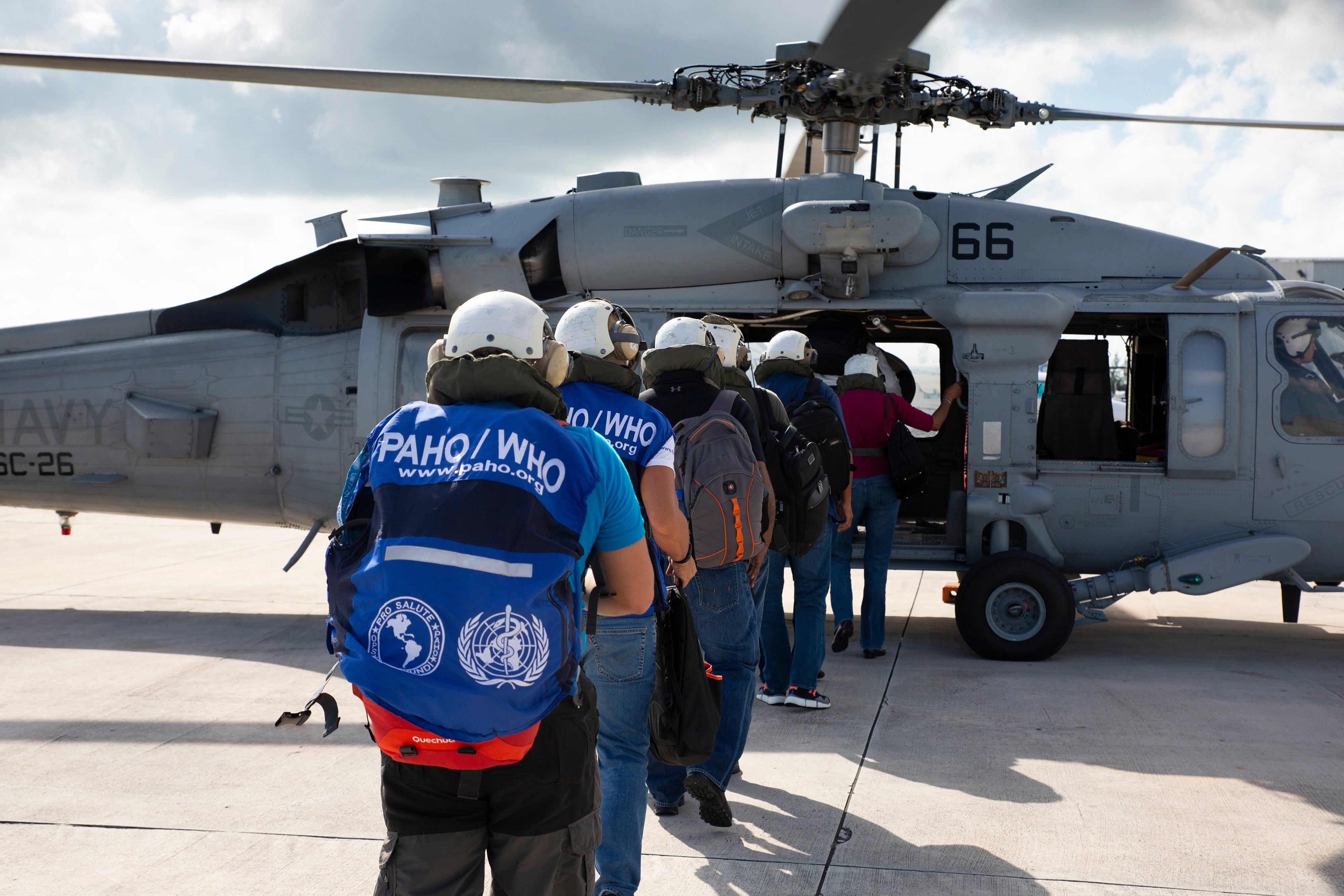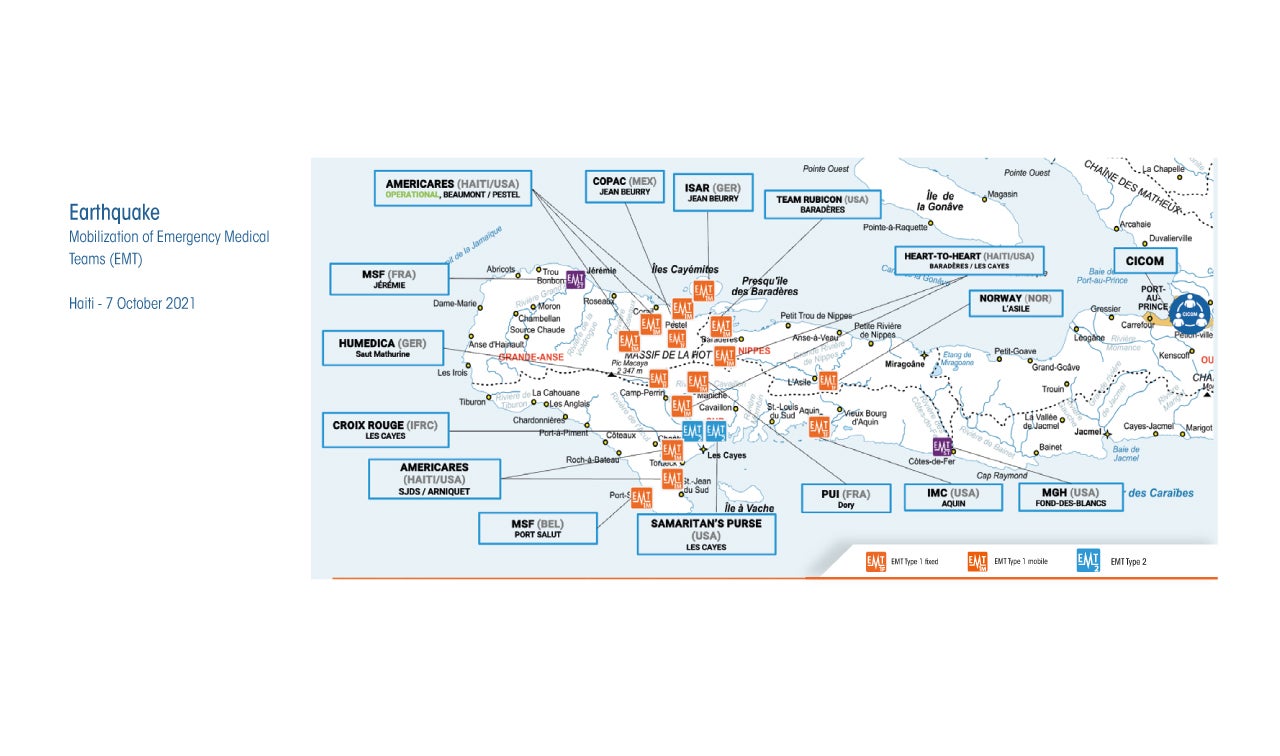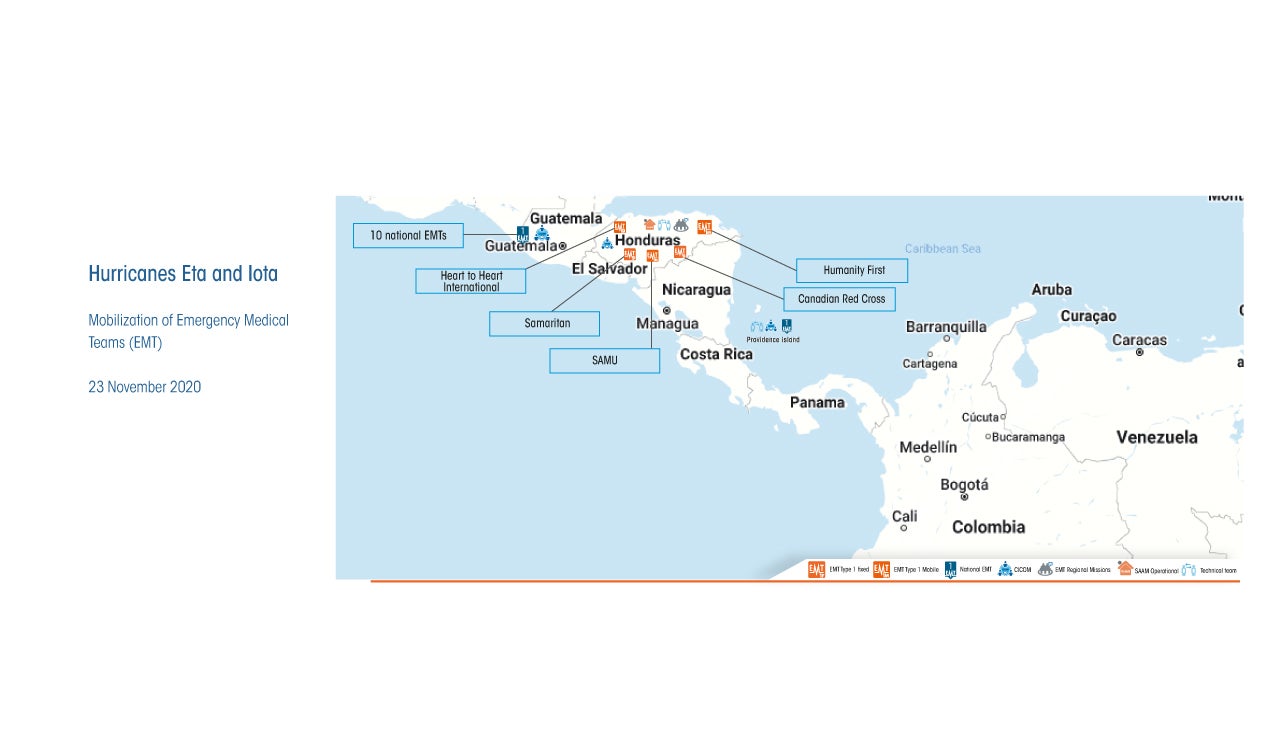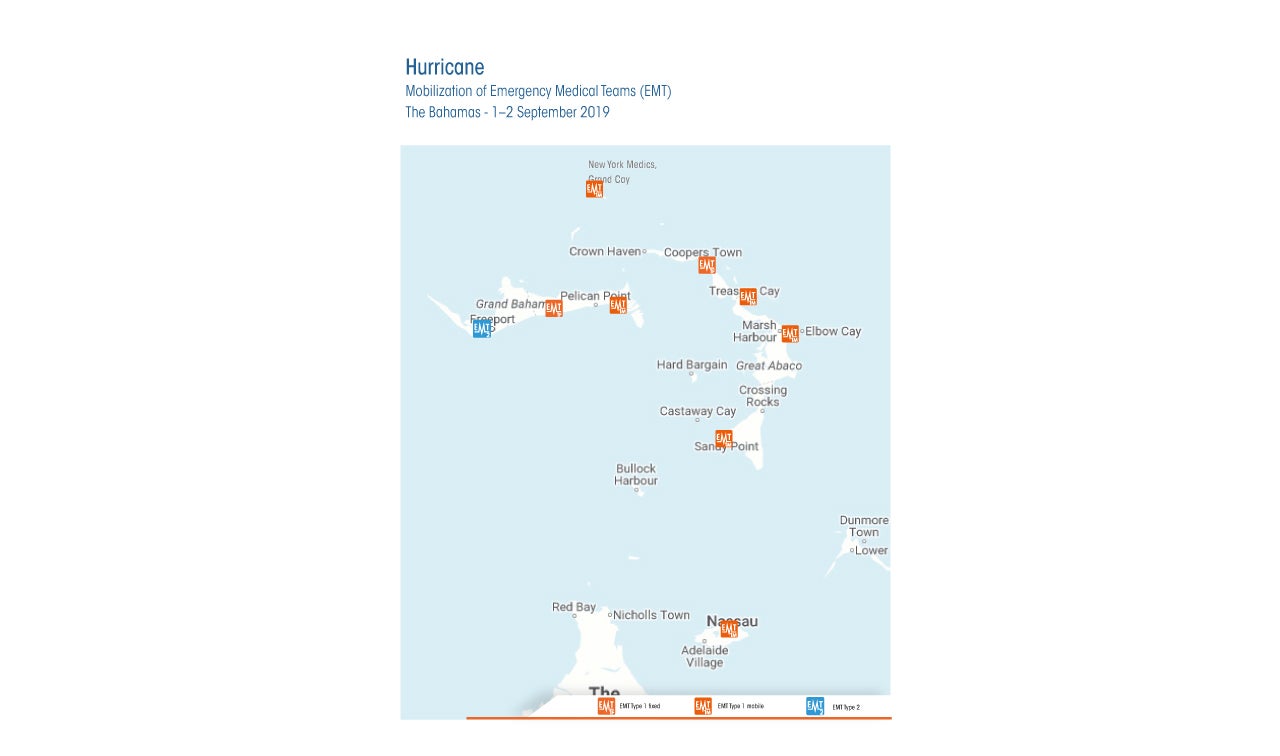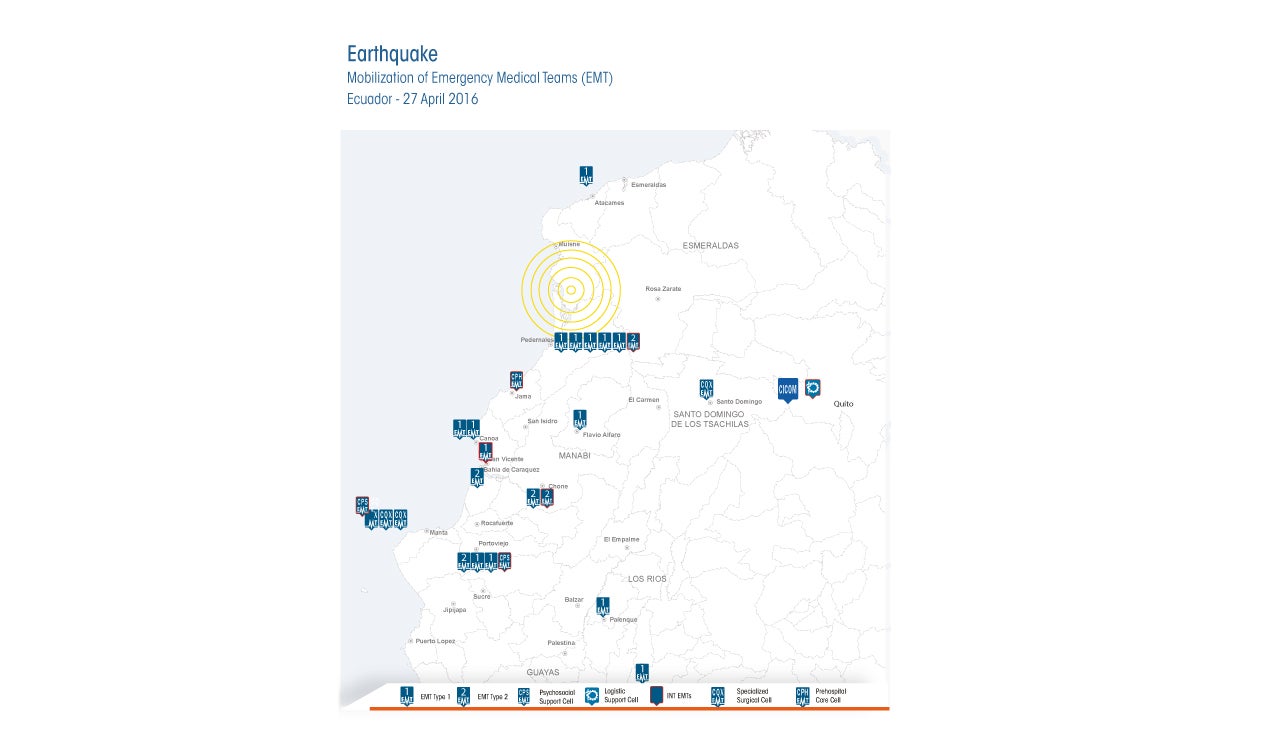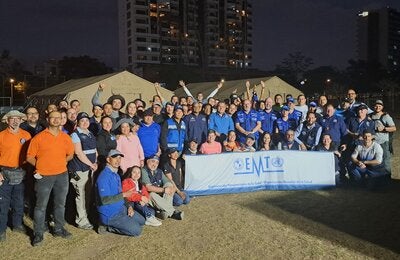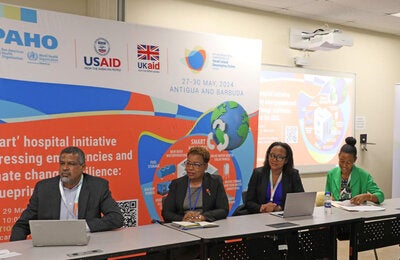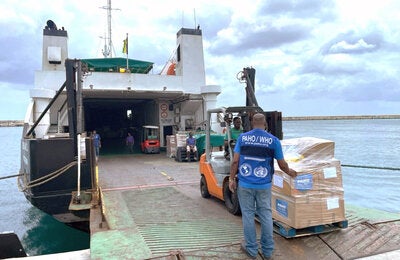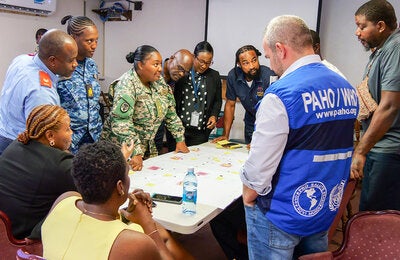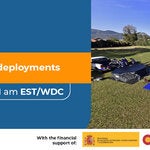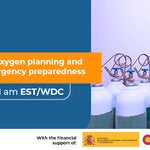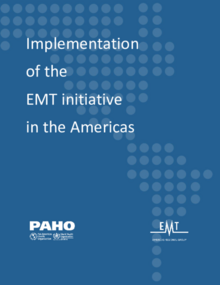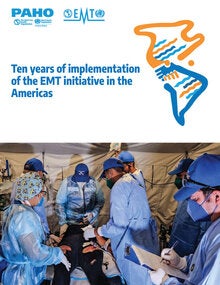The evaluation of the "Health response to the earthquake in Haiti (2010)" showed that, although the response was significant and medical teams were present and saved many lives, there were also many of them that were not prepared or were even incompetent for the kind of medical care required by the patients. The publication of Haiti´s learned lessons for future responses demonstrated the need to develop principles, criteria and standards for medical teams that respond to emergencies and disasters, in line with global processes to improve humanitarian guidelines and standards.
In this context, the Pan American Health Organization convened a meeting of experts in Cuba, from 7-9 December 2010, to, among others, review the "Guidelines for the Use of Foreign Field Hospitals in the Aftermath of Sudden-Impact Disasters", published by PAHO/WHO in 2003, and streamline the request, acceptance and coordination processes for international medical teams. The purpose was improving the speed of response and efficiency in deployment. The group of experts prepared a report of the meeting, which is the basis of the initiative known today as "Emergency Medical Teams."
PAHO's Directing Council, made up of representatives from Member States, approved the "Plan of Action for the Coordination of Humanitarian Assistance in the Americas", at its 53rd session. The plan considers the implementation in Member States of response procedures and flexible national registration mechanisms for Emergency Medical Teams.
EMT Américas
EMTs are teams of health professionals (doctors, nurses, physiotherapists, paramedics, etc.) that provide direct clinical care to people affected by emergencies and disasters, and support local health systems.
EMT can be from both governmental (civil and military teams) and non-governmental organizations and their response can be national or international.
Traditionally, these teams have been focused on the management of trauma and surgical care, but the response to the Ebola outbreak demonstrated the value they can have in other contexts, such as epidemics and complex emergencies.
EMTs work under the overall guidance of the Classification and Minimum Standards for Emergency Medical Teams in sudden-onset disasters.
- Ensure that well-trained and self-sufficient emergency medical teams can provide a timely response to assist people affected by disasters and emergencies.
- Have global classification and national registration mechanisms available to facilitate the acceptance and deployment of emergency medical teams that meet the minimum requirements of EMT standards.
- Deployed government and agency medical teams will be able to prove that they are operating under the EMT system of standards and coordination.
- The creation of a global and regional EMT community that enables the exchange of knowledge and best practices among emergency medical teams.
- Have well-trained and self-sufficient national EMTs to ensure a rapid response in their own countries and in the region.
The global EMT initiative is implemented through the Global Secretariat and its three Regional Secretariats for Africa, Americas, South-East Asia, Europe, Eastern Mediterranean and Western Pacific.
The EMT initiative in the Americas is implemented through the Pan American Health Organization and comprised of the Regional EMT Secretariat, the Regional EMT Group, and the national EMT focal point network.
Documents:
- EMT Regional Meeting of the Americas: Report and Recommendations; 2017
- Implementation of the EMT initiative in the Americas 2020 (Eng)
- Implementación de la iniciativa EMT en las Américas 2020 (Spa)
- Implementação da iniciativa EMT nas Américas 2020 (Por)
- Mise en oeuvre de l’initiative EMT dans les Amériques 2020 (Fre)
- Providing technical advice for:
- The preparation of procedures and tools for requesting, accepting and receiving EMTs;
- CICOM (Emergency Medical Team Coordination) integration with health EOCs;
- Design and creation of EMTs at the national level;
- Development of national registration mechanisms, both for national and international teams;
- Optimization of immigration, customs and logistics processes to facilitate the deployment of EMTs.
- Strengthening national EMT capacities in the Americas.
- Serving as Secretariat for the EMT Regional Group in the Americas.
- Developing and supporting national workshops for EMT coordination.
- Organizing regional workshops for EMT coordinators.
- Maintaining a regional roster of EMT coordinators to be activated by the countries that need them.
- Supporting the preparation of national logistics cards for the deployment of EMTs.
- Promoting regional and global exchange of knowledge and good practices.
- Active participation in the American EMT Regional Group.
- Update national procedures and guidelines for requesting, accepting and receiving Emergency Medical Teams.
- Encourage the classification of national EMTs.
- Develop a national mechanism for the registration of national and international Emergency Medical Teams.
- Develop tools for the information management and coordination of EMTs.
- Exchange EMT experiences and good practices with the rest of the Region.
For additional information regarding the EMT initiative contact: Luis de la Fuente Martin: emt@paho.org
- Classification and Minimum Standards for Foreign Medical Teams in Sudden Onset Disasters (Blue Book)
- Technical note with minimum requirements for EMTs responding to disasters in the Americas (Spanish) (Portuguese) (French)
- Spanish Cooperation operation guidelines for direct health response in disasters (Only in Spanish)
- Resolution CD53.R9 "Plan of Action for the Coordination of Humanitarian Assistance in the Americas"
- EMT Regional Meeting of the Americas: Report and Recommendations; 2017
- Summary from the Global EMT Meeting - Panama 2015
- Implementation of the EMT initiative in the Americas 2020 (English) (Spanish) (Portuguese) (French)
- Health response to the earthquake in Haiti
Building national emergency medical teams' capacity and ensuring access to essential, quality, life-saving health services through effective, scalable, interoperable and rapidly deployable national emergency medical teams that are fully integrated into local health service networks.
Ready to join EMT Americas?
EMT Initiative Dashboard
Highlight Mobilization of EMTs for Recent Emergency Responses
360 Virtual Tours
Online Tools
SISMED911 is a technological platform to optimize the processes of receiving and prioritizing 911 calls and coordinating and dispatching emergency response resources. When time is of the essence to ensure that the patient receives the necessary care and can be transported to the appropriate facility, this type of platform improves response times and ensures effective communication between all entities involved in the care and transport of the patient. Learn more
O2PREP is an application to support EMTs and new hospitals or hospitals in the process of expansion or remodeling in their medical oxygen management. The tool allows a projection of the expected oxygen demand according to the number of beds, as well as possible uses derived from emergency or contingency situations. View app
Virtual CICOM is an online tool for managing the request and offer of emergency medical teams and the coordination of their response and deployment. The platform facilitates the flow of information between all response and coordination actors. Currently, 30 EMTs from 18 countries in the Americas are using this tool. Since its creation, Virtual CICOM has been activated 27 times during emergencies or SIMEX exercises.
SIMEXamericas is a collaborative virtual tool that allows simulation exercises focused on emergency, disaster, and pandemic response. The tool allows SIMEX to be adapted to a virtual or hybrid environment and facilitates the direct interaction of participants by performing tasks and exchanging messages in real time and asynchronously.


